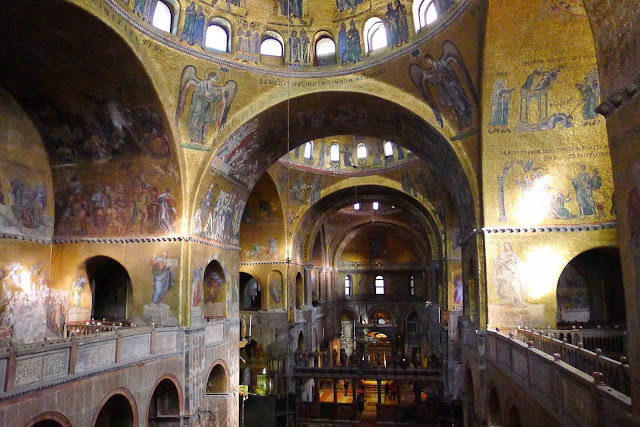Tales from the Grand Churches of Portugal: Fatima, Alcobaça, Batalha
As a historically Roman Catholic country set in an area once dominated by Islam, Portugal is home to colossal structures dedicated to Christianity. One only has to drive out of the capital, Lisbon, to see these impressive religious monuments.
Fatima
* The most popular of these monuments is undoubtedly the Sanctuary of Fatima, located around an hour and thirty minutes from downtown Lisbon.
* The Sanctuary, with its towering Basilica of Our Lady of the Rosary, is a complex containing numerous religious buildings, shrines, and structures, including the site of a miracle involving the Virgin Mary and three Portuguese children.
* It was here, in the Chapel of the Apparitions, where the Virgin Mary was said to have appeared to three shepherd children, Lucia, Francisco, and Jacinta, back in 1917.
* This miracle led to Fatima becoming a site for pilgrimage, with over four million pilgrims visiting each year, putting it up there with the Holy Land, Vatican City, Santiago de Compostela, and Lourdes in the list of top Christian pilgrimage sites.
* The three shepherd children are buried in the Sanctuary; a fitting tribute to such remarkable human beings.
* Several Popes, including John Paul II, have also visited the area as pilgrims further signifying the importance of the location in Roman Catholic lore.
The Alcobaça Monastery
* For Portuguese royals, there is no other church more synonymous with prestige than the Alcobaca Monastery.
* Located an hour and thirty minutes from Lisbon, Alcobaca was built by Portugal's first king, Alfonso I, after winning his Conquest of Santarem against the Moors.
* Built in the gothic style, the Monastery is pretty minimalist in its approach, especially when compared to the grand cathedrals and churches of Western Europe.
* Nonetheless, the Monastery is the burial church of several Portuguese Kings and Queens.
* Including that of King Pedro I and his mistress, Ines de Castro, whose love story is one of passion, tragedy, and scandal; their matching tombs seen above.
* Ines de Castro was a noble from Galicia who arrived in Portugal as the maid of Constance of Castille, who was betrothed to then Prince Pedro.
* As luck would have it, Prince Pedro fell in love with Ines and began a love affair which brought scandal upon the crowns of Portugal and Castille.
* Prince Pedro's father, King Afonso IV, had tried to talk some sense unto his son and despite his several attempts to keep them apart, the Prince was undeterred and defiant.
* Thus Afonso ordered his loyal servants to murder Ines, decapitating her in front of her and Pedro's child; but this was not the end of this story.
* When Pedro became King, he had the murderers hunted, captured, and executed.. publicly, by ripping their hearts out claiming that since he no longer had a heart, they shouldn't have theirs too.
* Then Pedro had the decomposed corpse of Ines exhumed from her grave, clothed and adorned with jewels, sat on a throne next to his, and then had his entire court swear allegiance to their new queen. Legend states that all the nobles had to kiss the hem of her garment as they were doing so.
* Man, whoever said history was boring, obviously did not know about this story!
Batalha Monastery
* Finally, we arrive at the Batalha Monastery located in Central Portugal.
* A Dominican convent in the Manueline style similar to the Jeronimos Monastery in Lisbon, Batalha was built in commemoration of the Battle of Aljubarrota, fought between the Kingdom of Portugal supported by the English, and Kingdom of Castille supported by the French and Aragonese.
* Talk about a high ceiling! Construction of the monastery took a century long and outlived the reign of seven kings before finally being finished in 1517.
* The Monastery is also synonymous with Portuguese royalty, being the burial church of several kings including John I and his wife, Philippa of Lancaster.
* King John I's son, the famous explorer Henry the Navigator, is also buried in Batalha.
* Prince Henry is credited with ushering in the Age of Discovery: the start of European exploration, expansion, and overseas colonization.
* Is that a dinosaur? A dino-gargoyle?!
* And let's not forget about the enormous equestrian statue of General Nuno Alvares Pereira. When not battling gods and titans, the General was busy ensuring Portugal's hard-fought independence from the Kingdom of Castille (later Spain).






























Comments
Post a Comment